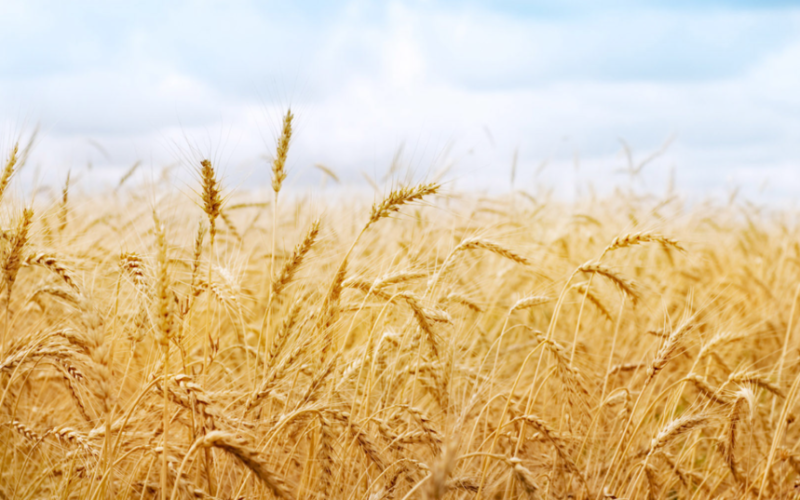After rice and maize, wheat is the third largest most-produced cereal in worldwide, and the second-most-produced for human consumption. In developing countries, the level of income and purchasing power is very low. So, most of their income goes for buying food and staple grains while be major chunk is spent on wheat, rice and maize. Out of 100% of the wheat produced globally, China produces 17% and India accounts for 12.5% but due to the heavy population, the wheat is sufficiently used for self-consumption by India and China, So, they barley export. Russia and Ukraine account for 11.5 % of wheat and most of it is exported to cater the global needs.
Due to the war crises between Russia and Ukraine, 11.5% of global wheat is stopped for exporting and being unutilised. In 2022 march due to the mismatched demand and supply the wheat touched the highest price of 1350 US$ per Bushel. The people behaved the same like as Giffen’s theory and started to spend most of their earnings on wheat but the prices were pushing more due to the shortage of supply then few people diverted to alternative food grain staples like rice and maize by the sudden shift of consumption to rice and maize there demand also got increased and prices started to rise due to the shortage. 30 % of total agriculture is used for feeding livestock and feeding the livestock has become more expensive which makes the prices of livestock increase. These created disturbed food consumption patterns. Shortage of food and rises in overall prices of food leads inflation to rise globally. The total ratio of people spending diverted to purchase food from their earnings and gives fewer options to consume other goods and services. which distracts the growth of the global economy.
Why excess supply of wheat can hook the global inflation
After the black sea grain deal, A total of 11.5% of wheat is again back in consumption. We see that more excess production of wheat from the USA and Australia is being harvested. S0, the price of wheat decreased to 83.92 US$ per Bushel at the start of the year 2024 from 1350 US$ per Bushel during March 2022. So, this can lead to normal prices of overall agriculture products and livestock by pulling back global inflation normally up to some extent. which is good for the world population and economy.









